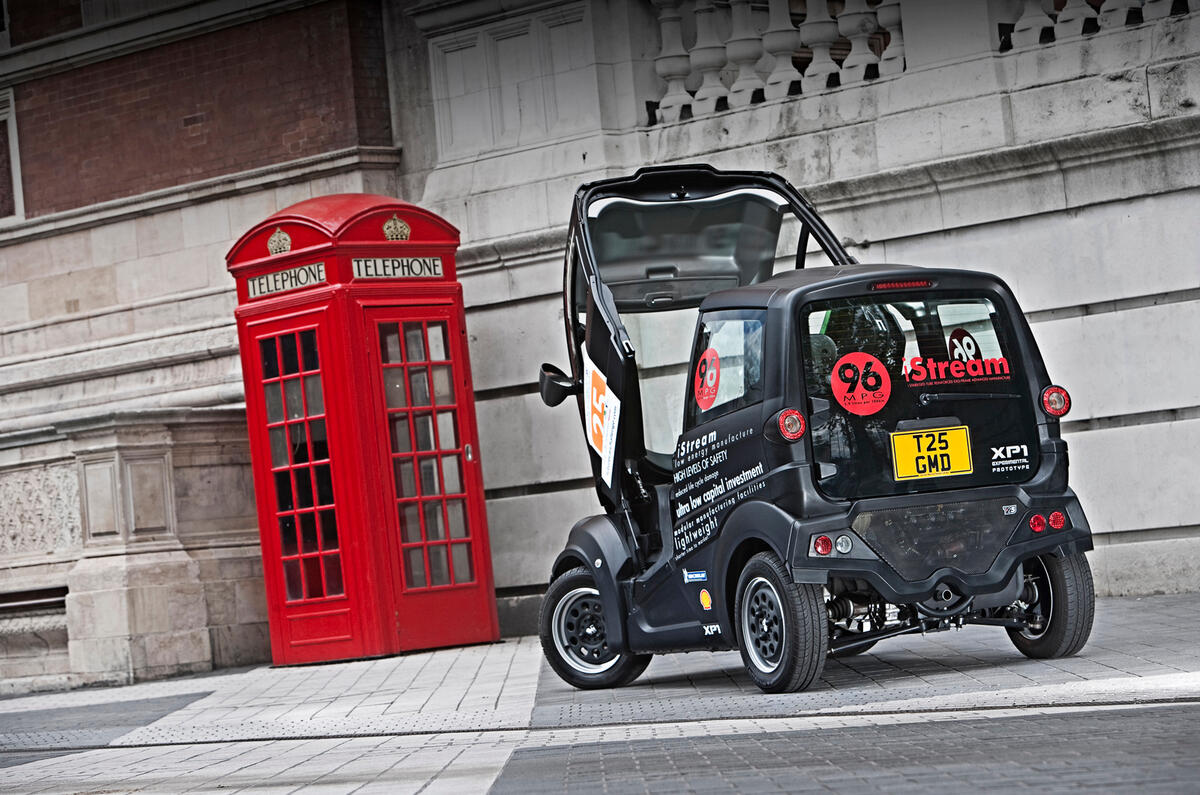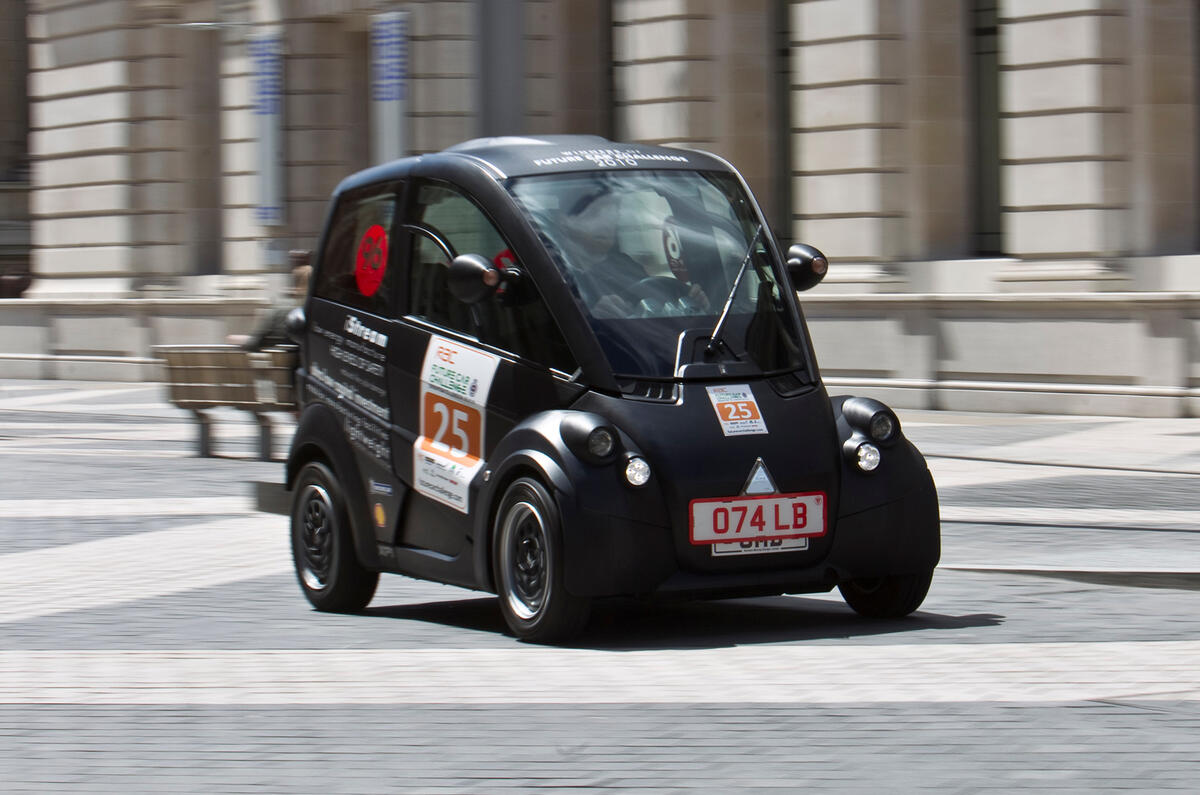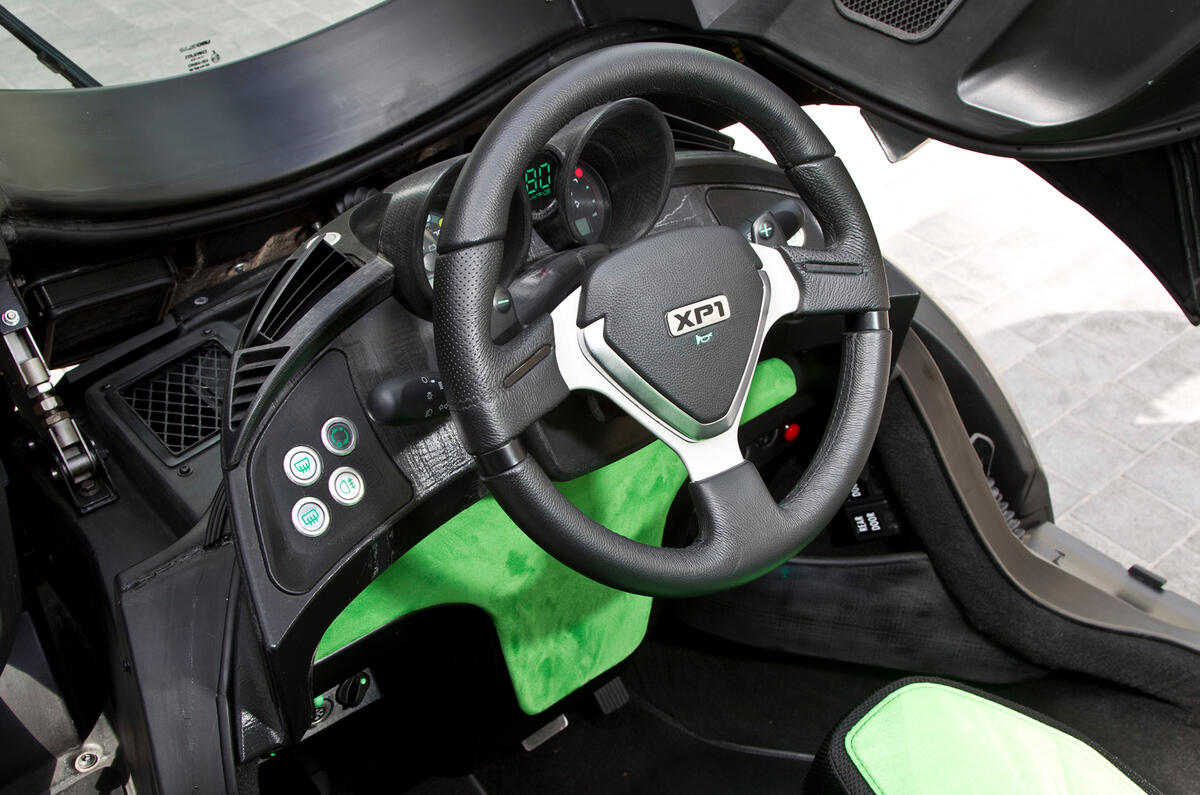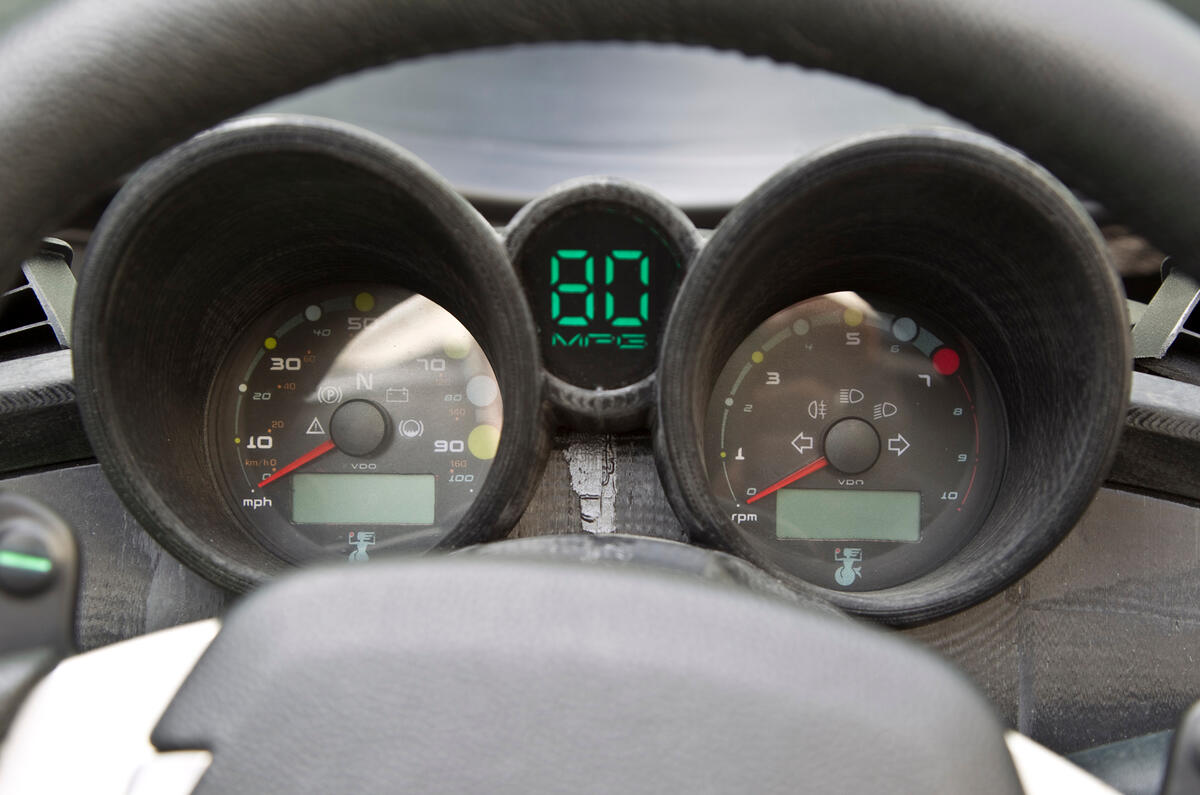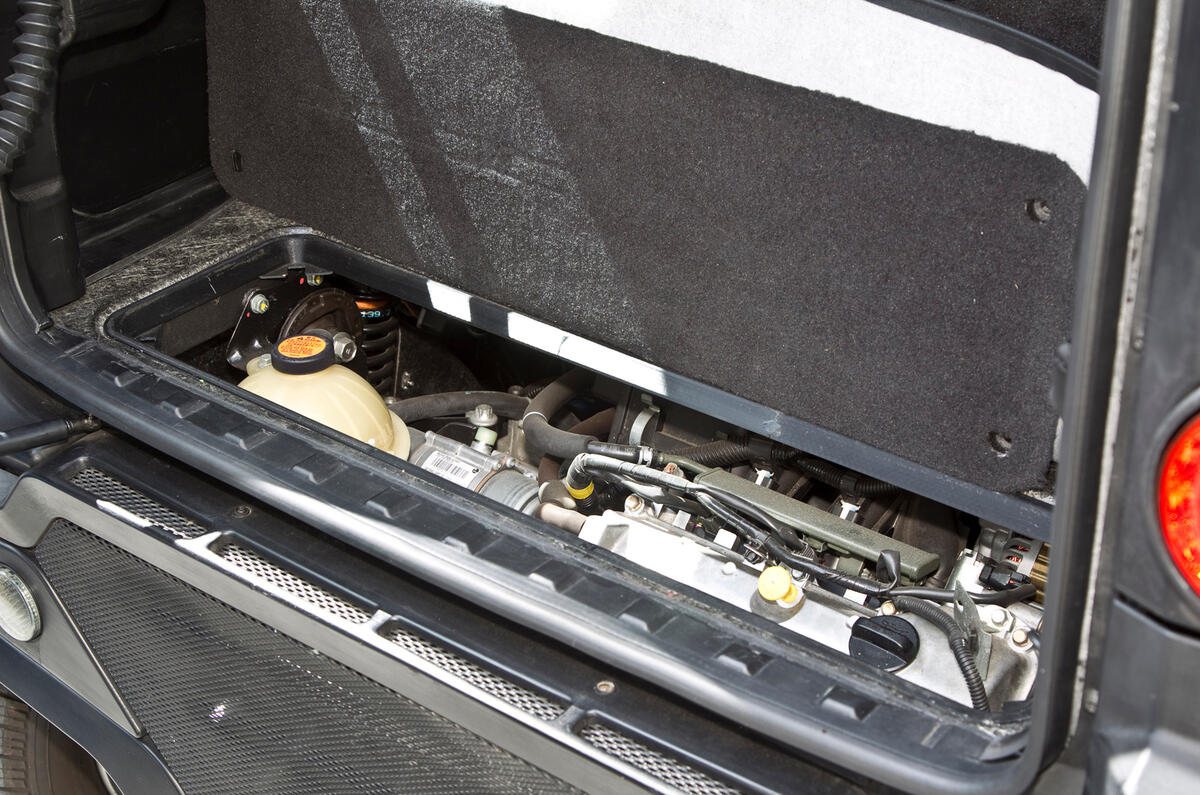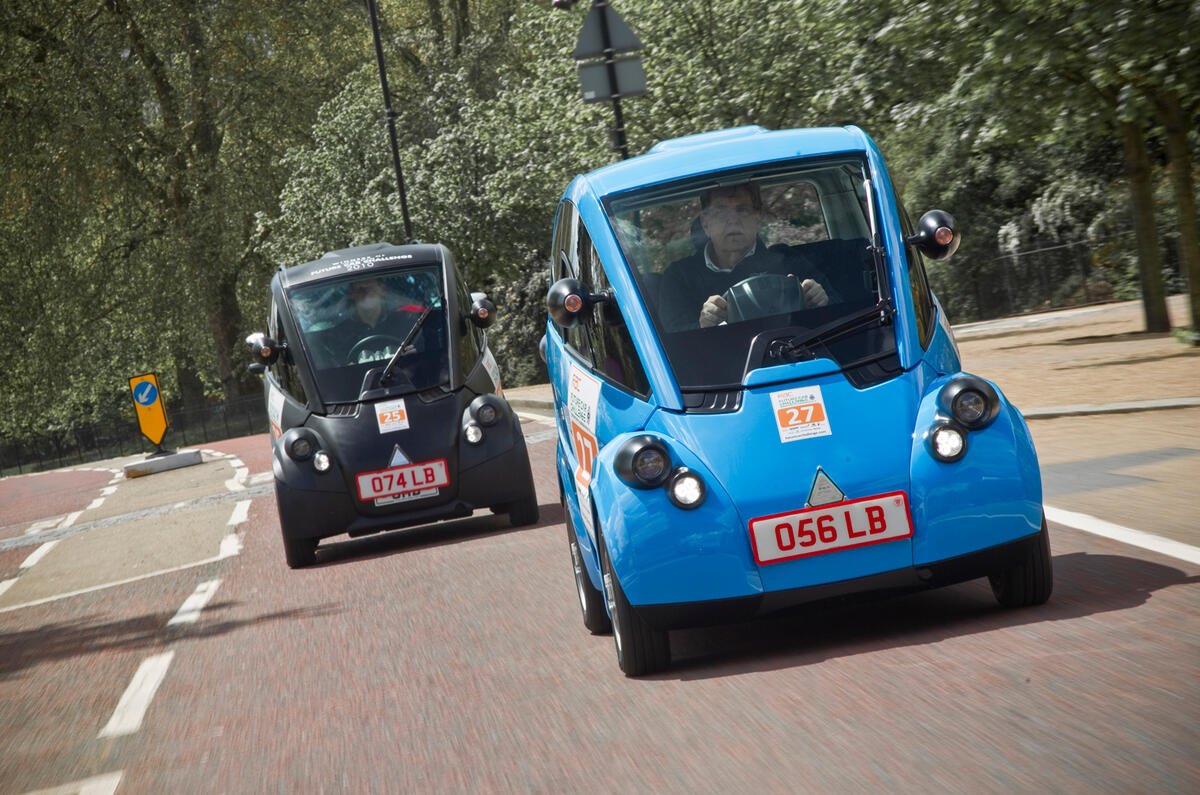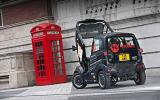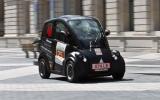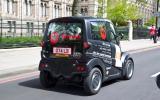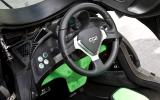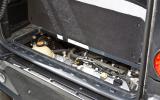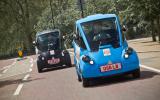This is the revolutionary and endearing Murray T25. Designed and built at Gordon Murray Design studio-workshop near Guildford, the T25 is a tiny city car powered by a much-modified three-cylinder 660cc Smart engine, and the sister car to the electric Murray T27.
It is designed to demonstrate some typical Murray-style ingenuity in packaging, but most of all to demonstrate a new and extremely efficient method of car manufacture, called iStream.
The T25’s one-plus-two seat layout makes a comfortable city vehicle for three, even though it has a road footprint no more than a quarter that of a big saloon. Ditch the passengers and the T25’s seats fold individually forward into a dead-flat position to provide the carrying space of a small estate.
Murray wants the T25 to be the “next big thing". According to the former F1 race car designer and the man responsible for the McLaren F1 supercar back in 1993, “there isn’t a city in the world that wouldn’t benefit from a critical mass of these running about, because we all know how directly they can save resources and cut congestion.”
The T25’s extreme city driving suitability starts with its size. Because it’s quirkily short and narrow tracked, the ‘T’s turning circle undercuts that of a London taxi by a good third; it’s hard to believe that it has been proven to have proper B-segment levels of crash safety.


